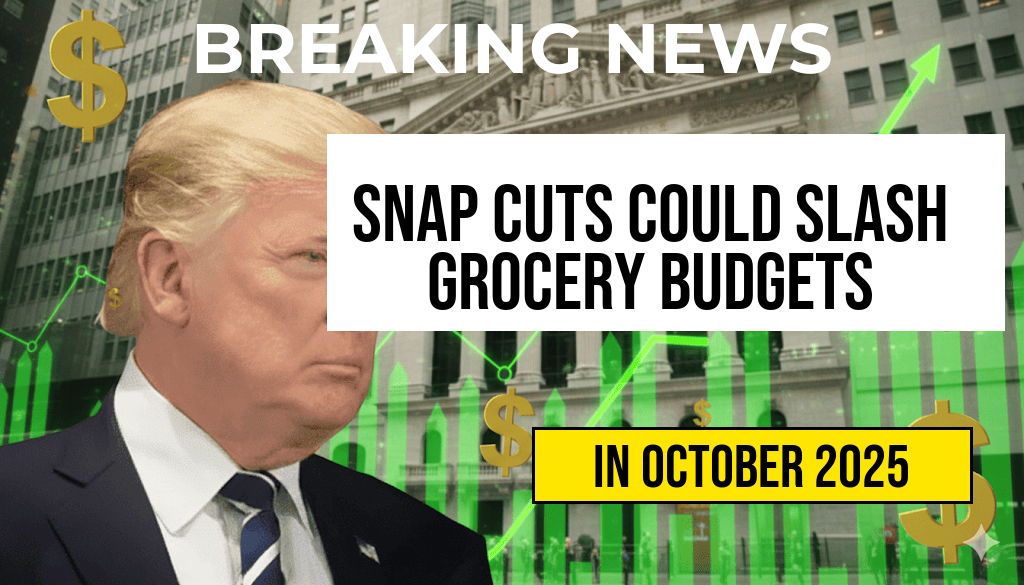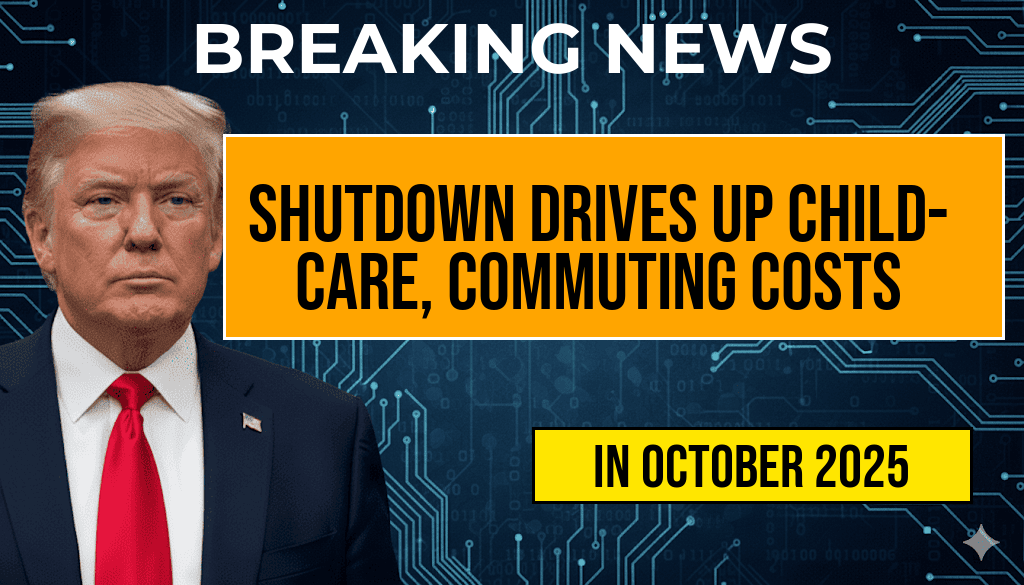The recent announcement of a $994 monthly cap on Supplemental Nutrition Assistance Program (SNAP) benefits for families of four has raised significant concerns regarding its impact on grocery budgets nationwide. This adjustment, which reflects changes in the cost of living and inflation, aims to better align the program with current economic realities. However, experts warn that many families may find it increasingly challenging to meet their nutritional needs within this new limit. As food prices continue to rise, the implications of this cap could stretch the budgets of vulnerable households, forcing them to make tough choices about their groceries.
Understanding the SNAP Adjustment
The SNAP program, formerly known as food stamps, provides financial assistance to millions of low-income families across the United States. The recent cap of $994 per month for a family of four represents a calculated effort to balance support with fiscal responsibility. This figure reflects the average cost of a nutritious diet, adjusted for inflation and regional variances in food prices.
Current Food Costs and Budget Challenges
As of October 2023, food prices have surged significantly, contributing to the strain on household budgets. According to the U.S. Department of Agriculture (USDA), the cost of groceries has risen approximately 10% compared to last year, affecting essential items such as dairy, meat, and fresh produce. This increase raises concerns that the new SNAP cap may not adequately cover the rising expenses faced by families.
Key Factors Influencing Food Prices
- Inflation: The consumer price index has shown consistent growth, making food more expensive for everyone.
- Supply Chain Disruptions: Events such as natural disasters, transportation issues, and labor shortages have affected food availability.
- Global Market Trends: International conflicts and trade policies can lead to price increases in imported food items.
Impact on Family Grocery Budgets
For families relying on SNAP benefits, the $994 monthly cap means adjusting their grocery shopping strategies. A recent survey conducted by the Food Research & Action Center (FRAC) revealed that many families already struggle to maintain a healthy diet within existing budgets. With the new cap in place, families may need to make further sacrifices, such as opting for cheaper, less nutritious options or reducing meal sizes.
Strategies for Managing Grocery Budgets
Families can consider several strategies to maximize their SNAP benefits under the new cap:
- Meal Planning: Planning meals in advance can help families make the most of their food budgets, reducing waste and ensuring nutritious choices.
- Utilizing Sales and Coupons: Keeping an eye on store promotions and using coupons can lower grocery costs significantly.
- Buying in Bulk: Purchasing non-perishable items in bulk can lead to substantial savings over time.
Community Support and Resources
As families navigate the changes brought by the new SNAP cap, community resources remain vital. Local food banks, nutrition assistance programs, and government agencies often provide additional support for those in need. Many organizations are working to bridge the gap for families struggling to afford food.
Local and National Resources
Families can access additional support through the following resources:
- Feeding America – A national network of food banks that provides food assistance.
- USDA SNAP – Official site for information on SNAP benefits and eligibility.
- Food Research & Action Center (FRAC) – Advocacy and research organization focused on food security.
Conclusion
The implementation of a $994 monthly SNAP cap for families of four is a response to ongoing economic pressures but presents new challenges for many households. As families face rising food costs, careful budgeting and access to community resources will be essential in ensuring they can maintain a balanced diet. The dialogue surrounding SNAP benefits underscores the need for ongoing evaluation and support to ensure food accessibility for all Americans.
Frequently Asked Questions
What is the new SNAP cap amount for a family of four?
The new SNAP cap amount for a family of four is set at $994 per month, which aims to support low-income households in managing their grocery budgets.
How will the $994 SNAP cap affect grocery budgets?
The $994 SNAP cap is expected to provide critical assistance to families, helping them cover essential grocery expenses and maintain a balanced diet despite rising food costs.
Are there any changes in eligibility for the SNAP program?
While the $994 cap introduces a new limit, eligibility for the SNAP program largely remains the same, focusing on income and household size to determine assistance levels.
What types of purchases are allowed with SNAP benefits?
SNAP benefits can be used to purchase a variety of foods, including fruits, vegetables, meat, and dairy products, but cannot be used for non-food items or prepared meals.
How can families maximize their SNAP benefits under the new cap?
Families can maximize their SNAP benefits by planning meals, using coupons, and shopping sales, ensuring they get the most out of their $994 monthly budget for groceries.










